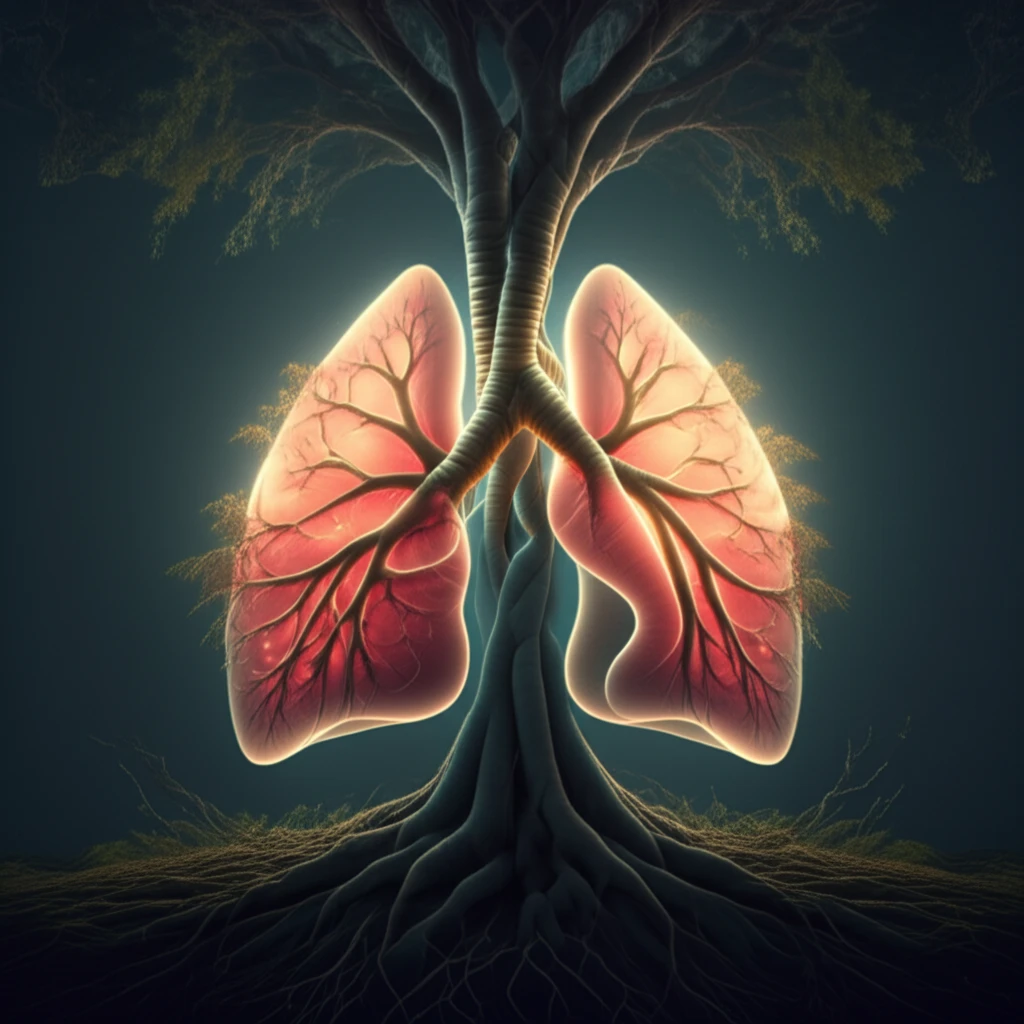
Breathe Easier: Understanding Asthma, Its Triggers, and Management
"A comprehensive guide to asthma, covering its definition, triggers, symptoms, and the latest medical treatments, empowering you to take control of your respiratory health."
Asthma is a chronic inflammatory disease characterized by variable and recurring symptoms, reversible airflow obstruction, and bronchospasm. In simpler terms, it's a condition that affects the airways in your lungs, making it difficult to breathe. These airways become inflamed and narrowed, leading to symptoms like wheezing, coughing, chest tightness, and shortness of breath.
The experience of asthma varies significantly from person to person. For some, it's a minor inconvenience, while for others, it can be a life-threatening condition. Understanding asthma, its triggers, and available treatments is crucial for managing the condition effectively and improving the quality of life for those affected.
This article aims to provide a comprehensive overview of asthma, breaking down the medical jargon and offering practical information for individuals with asthma, their families, and anyone interested in learning more about this prevalent respiratory condition. We'll explore the underlying mechanisms of asthma, identify common triggers, discuss various treatment options, and provide tips for managing asthma in everyday life.
Unlocking Asthma: Causes, Symptoms and Mechanism

The causes of asthma are multifaceted, involving a complex interplay of genetic and environmental factors. While a family history of asthma increases the likelihood of developing the condition, environmental factors often play a significant role in triggering its onset and exacerbating its symptoms.
- Allergens: Substances like dust mites, animal dander, pollen, and mold can trigger allergic reactions in susceptible individuals, leading to inflammation and airway narrowing.
- Irritants: Exposure to irritants such as cigarette smoke, air pollution, chemical fumes, and strong odors can irritate the airways and worsen asthma symptoms.
- Respiratory Infections: Viral infections like the common cold and the flu can inflame the airways and trigger asthma exacerbations, particularly in children.
- Other Factors: Additional factors like exercise, cold air, certain medications (aspirin, non-steroidal anti-inflammatory drugs, and beta-blockers), food additives (sulfites), and emotional stress can also contribute to asthma symptoms.
Taking Control of Your Asthma
Living with asthma requires proactive management and a collaborative approach between individuals, healthcare providers, and caregivers. By understanding asthma triggers, adhering to prescribed treatment plans, and adopting healthy lifestyle habits, individuals with asthma can effectively control their symptoms, prevent exacerbations, and live full and active lives.
